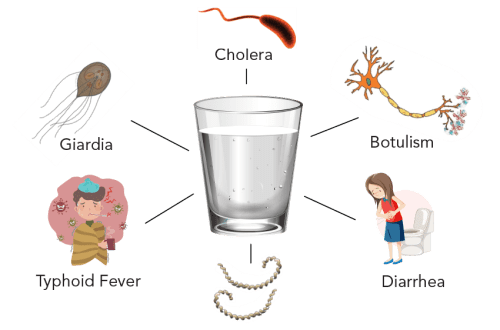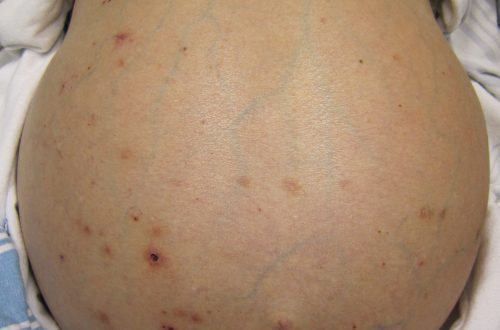
neon disease
Neon disease or Plystiphorosis is known as Neon Tetra disease in English-speaking countries. The disease is caused by the unicellular parasite Pleistophora hyphessobryconis belonging to the Microsporidia group.
Formerly considered protozoa, they are now classified as fungi.
Microsporidia are restricted to a vector host and do not live in an open environment. The peculiarity of these parasites is that each species is able to infect only certain animals and closely related taxa.
In this case, about 20 species of freshwater fish are susceptible to infection, among which, in addition to neons, there are also zebrafish and rasboras of the genus Boraras.
According to a study by a group of scientists from the University of Oregon, published in 2014 on the US National Library of Medicine website, the most likely cause of the disease is contact with infected fish.
Infection occurs by ingestion of Pleistophora hyphessobryconis spores released from the surface of the skin or from feces. There is also a direct transmission of the parasite through the maternal line from the female to the eggs and fry.
Once in the body of the fish, the fungus leaves the protective spore and begins to actively feed and multiply, continuously reproducing new generations. As the colony develops, the internal organs, skeleton and muscle tissues are destroyed, which ultimately ends in death.
Symptoms
There are no obvious signs of disease indicating the presence of Pleistophora hyphessobryconis. There are common symptoms that are characteristic of many diseases.
At first, the fish become restless, feeling internal discomfort, lose their appetite. There is exhaustion.
In the future, deformation of the body (hunchback, bulge, curvature) can be observed. Damage to the external muscle tissue looks like the appearance of white areas under the scales (skin), the pattern of the body fades or disappears.
Against the background of weakened immunity, secondary bacterial and fungal infections often appear.
At home, it is almost impossible to diagnose Plistiforosis.
Treatment
There is no effective treatment. A number of drugs can slow down the development of the disease, but in any case, it will end in death.
If spores get into the aquarium, getting rid of them will be problematic, since they are able to withstand even chlorinated water. The only prevention is quarantine.
However, due to the difficulty of diagnosing Neon Disease, it is likely that the fish is infected with the other bacterial and/or fungal infections mentioned above. Therefore, it is recommended to carry out treatment procedures with universal drugs for a wide range of diseases.
SERA baktopur direct – A remedy for the treatment of bacterial infections in the later stages. Produced in tablets, comes in boxes of 8, 24, 100 tablets and in a small bucket for 2000 tablets (2 kg)
Country of origin – Germany
Tetra Medica General Tonic – A universal remedy for a wide range of bacterial and fungal diseases. Produced in liquid form, supplied in a bottle of 100, 250, 500 ml
Country of origin – Germany
Tetra Medica Fungi Stop – A universal remedy for a wide range of bacterial and fungal diseases. Available in liquid form, supplied in a 100 ml bottle
Country of origin – Germany
If symptoms persist or the situation worsens, when the fish is clearly suffering, euthanasia should be performed.





